On the whole most ferns will grow in moist conditions, though only some are suitable for conditions that are properly wet. I’ve set out some notes below which I hope will help you sort them out.
Adiantum
- Adiantums are hardy little plants whose delicate appearance belies their underlying toughness. They are long lived providing a little advice is heeded. They like a leafy moist, but not waterlogged soil. They are plants of the woodland edge and so need a little more light than might be thought and are especially intolerant of excessive humidity.
Asplenium
- Asplenium scolopendrium and its cultivars have broad, tongue like leaves in fresh apple green, making an excellent contrast amongst other ferns. Some cultivars have branching (cristate) leaves, whilst others have beautifully frilly, gophered edges. They prefer a shaded spot, but can take up to 3 hours sun per day. They are quite tolerant of dry conditions once they have fully established, but a moist site will allow them to grow at their very best. Moisture is especially beneficial while plants are establishing.
Athyrium
- Athyriums all require a degree of moisture at the root to grow well, but do not want to grow in a permanently wet soil. they are all deciduous, some regrowing in spring with fronds of a striking shade, such as the cream of A.otophorum ‘Okanum’ . A.nipponicum ‘Pictum’ has broad leaves of purple and grey that are striking all season long.
Dryopteris
- Dryopteris is a large broad genus, coming from woodland, amongst mountain rocks and marshland. Most species put up with dry conditions well with many tolerating severe drought once established, but most will be happy in a moist site if drainage is adequate. The genus contains some quite large species, such as our native D.affinis with its striking golden new fronds, the Male fern D.filix-mas which requires drier sites and D.wallichiana, a slower but ultimately large and imposing fern. Two asiatic species, D.erythrosora and D.lepidopoda are of note for the gorgeous copper tint of the new fronds. Of all this genus, D.dilitata needs perhaps more moisture than the rest, being quite tolerant of even very wet sites.
Matteuccia
- Matteuccia struthiopteris is the shuttlecock fern and is only happy with moisture at the root. It will grow in any soil that is moist to waterlogged and when happy will spread quite freely producing a forest of fresh apple green 4ft high feathery shuttlecocks.
Polypody
- Our native Polypody can often be seen growing through the centre of a hedge or in similar unpromising sites in walls. The leaves are simpler than some ferns, being only cut once in the species, however some forms, such as the lovely P.interjectum ‘Cornubiense’ have much fuller and deeper cut fronds. They are tough carpeting plants with short stiff rhizomes that can make quite an impenetrable barrier. They are quite tolerant of the dry and can even stands short periods of drought. In wetter areas they can often be found growing as epiphytes on trees in shaded woodland. whichever, they don’t want to sit wet at the root.
Polystichum
- In general Polystichums like a well drained site. Many in the wild grow amongst rocks or on dry banks and are intolerant of winter wet. They can generally take up to 6 hours of part sun in moisture retentive soil and in full shade will take quite dry conditions. The genus contains some lovely medium to large ferns, all making dense shuttlecocks of fine foliage.
P.munitum has a very even, rich green appearance and requires part shade to look at its best. P.braunii is a classic large fern of fine delicate appearance and requires perhaps the most moisture of this otherwise dry tolerant group.

















































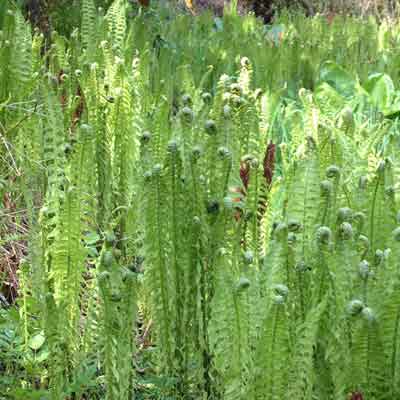

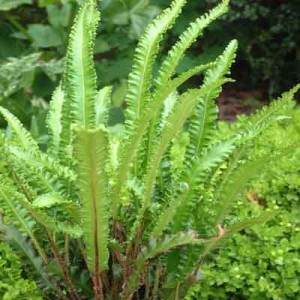
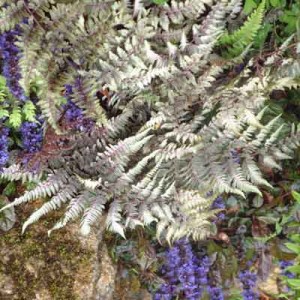

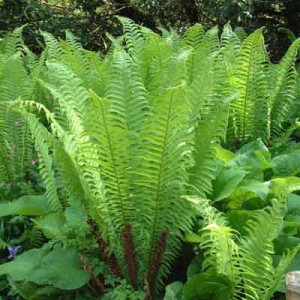
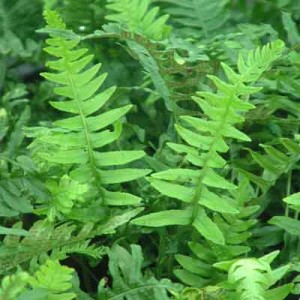
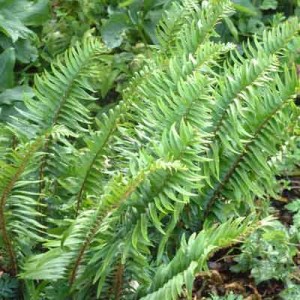
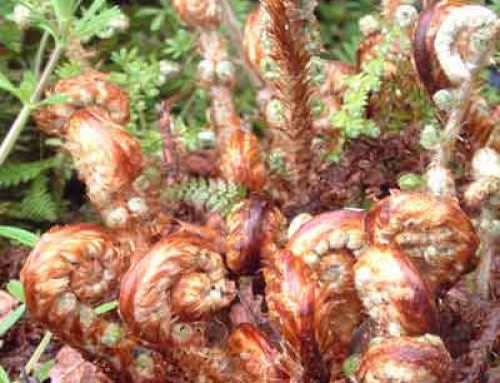
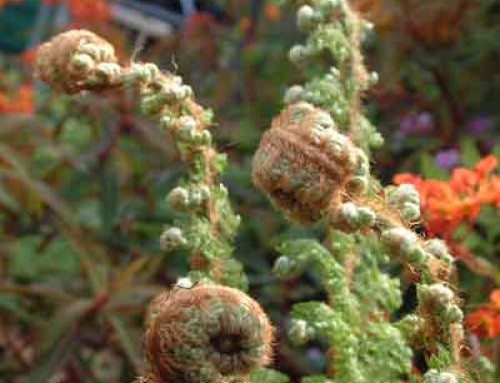
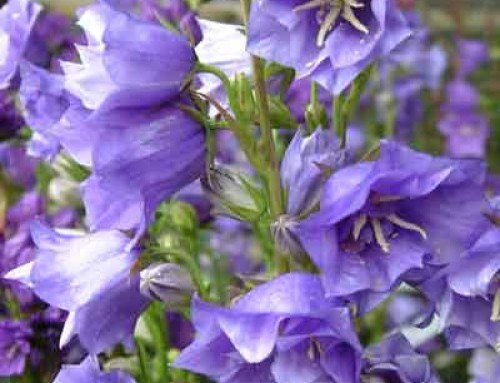
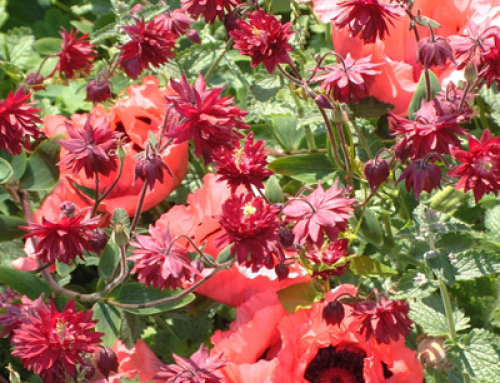
Leave A Comment
You must be logged in to post a comment.